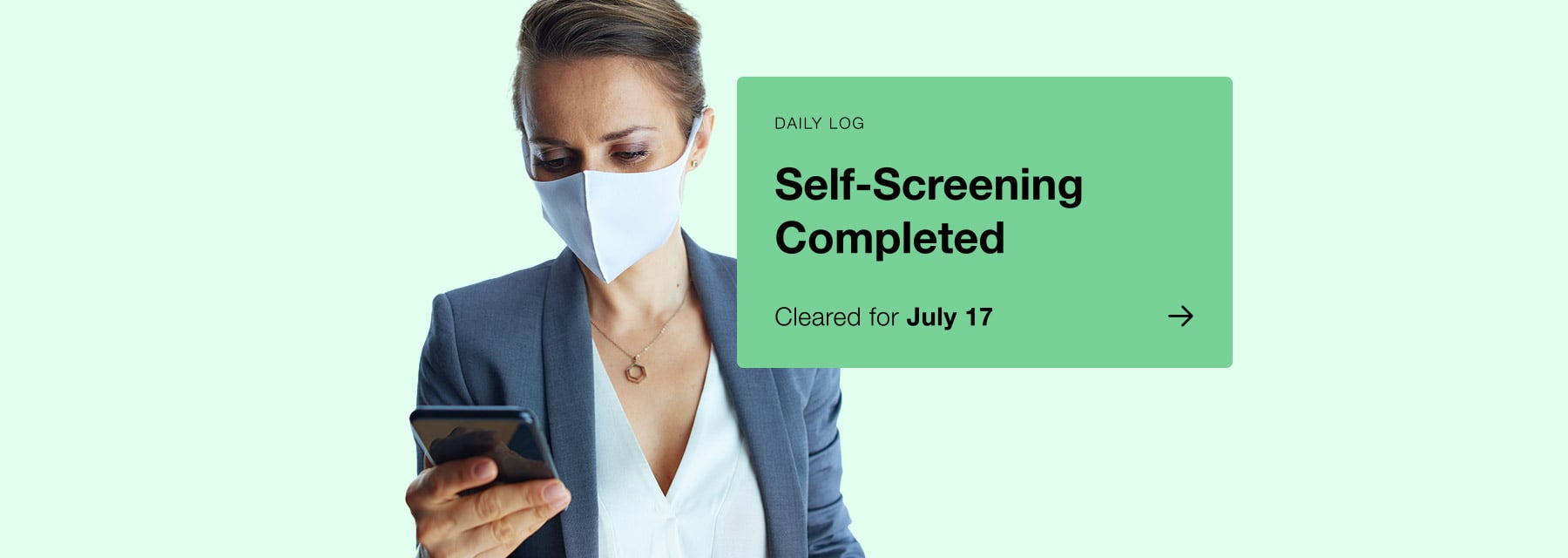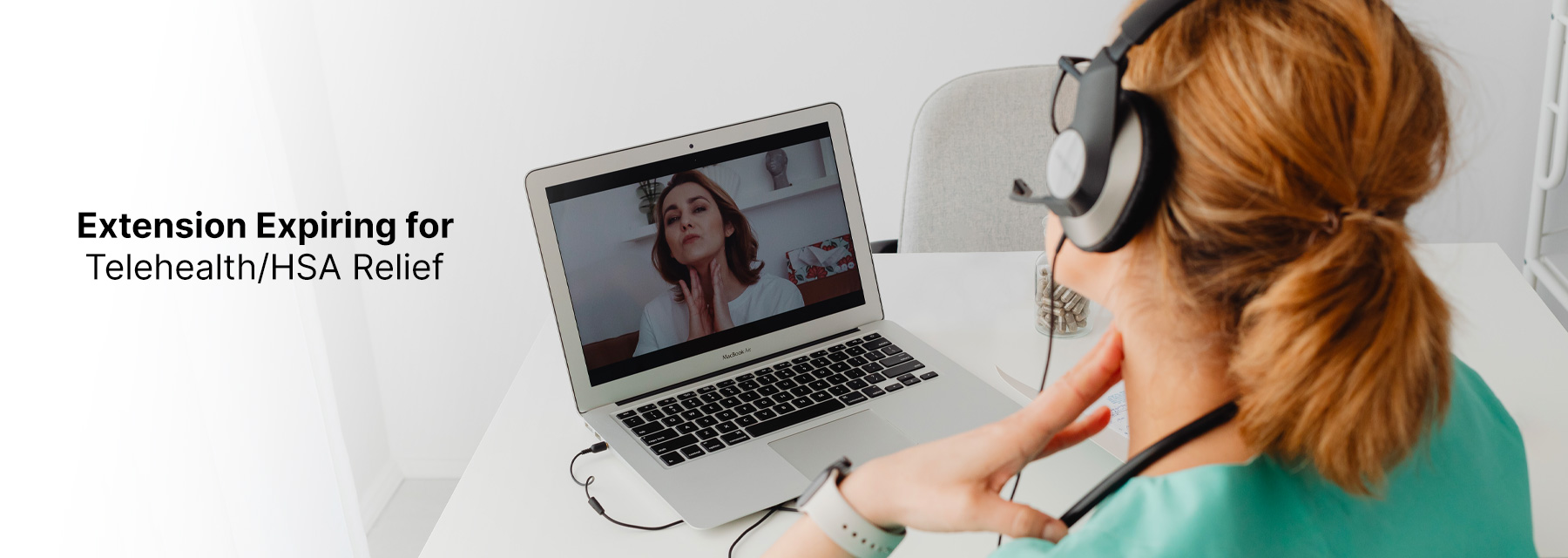We‘ve spent more than half of the year in quarantine, and many companies and some of their employees are eager to get back to the office. But take the advice of those who are months into this process. Your return-to-work plan is only as good as it is flexible, and communication with employees will be key as the plan continues to evolve.
I recently spoke with, Sequoia’s program lead for our Return to Work Center and three of Sequoia’s innovative, people-driven clients who have brought team members back into the office in the webinar Top 5 Lessons Learned from Companies Returning to their Offices. Our speakers included:
- Ben Buenaflor, project lead, RTW initiative, Roblox
- Colin Higgins, CEO, Summitry
- Rolland Ho, vice president of data science and analytics and program leader for Return to Work Center, Sequoia
- Cassandra Pratt, senior vice president of people, Progyny
Here are the five biggest takeaways from the conversation.
1. Interest in returning to the office doesn’t necessarily translate into volunteers.
Even though your survey data may show that employees are ready to return to the office, that could change when it’s time to come back, according to some HR leaders.
- At Progyny, they had about 40 employees say they wanted to come back to the office, instead, only ten employees wound up returning in the first few weeks, either because of child-care issues or because they just wanted to see how smoothly office safety protocols would go for the first group returning.
- Likewise, at Roblox, while 160 of its employees signed up for the initial training for a return to work, only 15 returned to the office.
2. There may be challenges accessing symptom-free COVID testing.
One of the more difficult issues for companies to navigate has been organizing regular symptom-free testing for employees, as some insurance carriers might not cover it unless an employee has a fever, sore throat, or other indicators of COVID-19.
- Roblox used Sequoia’s resources in the Sequoia Return to Work Center to help find different testing locations, including some nonprofit testing centers for employees whose asymptomatic testing was not covered.
- Providing information about testing locations in the communities where employees live proved to be similarly critical for Summitry, as was finding locations that could return results quickly enough to keep cohorts safe as they cycled in and out of the office.
3. Companies might need to pivot to a mix of cohort systems and reservations.
Most companies bringing employees back into the office have planned for either a reservations model that allows employees to book days they will be on-site, or a cohort system that brings employees back in small groups at certain times to allow for distancing and contract tracing if someone tests positive.
- At Summitry, they decided on a cohort system of one week in the office, two weeks remote after receiving feedback from employees because it allowed team members the time to plan for childcare and testing.
- Progyny started with a cohort system to facilitate teams coming back into the office, but because there were not enough people committing to coming in each day, it moved to a reservations system, allowing people to book time with their teams in the office for two days at the beginning of one week, for instance, and again at the end of the following week.
This system might change again when more people express interest in returning to the office, and Progyny is focused on trying to be as flexible as possible and make it easy for employees to come back.
4. Using public transportation and elevators are key issues to be resolved.
In dense urban areas, public transportation and elevators were two of the biggest employee concerns before returning to work.
- At Roblox, elevators are sanitized four times a day and limited to two people per ride, with masks required in all common areas.
- Progyny’s locations in mid-town Manhattan required a careful look at both public transportation and managing elevator crowds. So far, the limited number of employees back in the building has allowed employees to take the elevator two at a time without much of a wait. But when more people come back into the office, the company plans to start a rolling schedule with employees staggering their entry and departure at different times, so there are no crowds in the lobby.
5. Employees need to know that office dynamics will be different
Before the pandemic, some offices were full of life, with colleagues socializing and bonding in communal areas. That dynamic is radically different now, and it’s a good idea to prepare team members for the new environment.
- Many employees at Roblox were eager to catch up with each other after months of not interacting face-to-face. But safety protocols still call for employees to work in their assigned office and use Zoom technology as much as possible. Similarly, with no more free food and drink and shared use of appliances, employees are encouraged to bring their own lunch and beverages or take advantage of the prepackaged takeout food from the cafeteria.
- As more people trickle back into the office, there’s also the challenge of improving communication with employees who will continue to work outside the office. More decisions and discussion will happen on-site – often after Zoom meetings end and those not in the office are hyper-sensitive about what’s happening in the office. Everyone must be mindful to keep remote team members fully in the loop.
- Many remote employees might even be nervous about whether their remote status will affect their ability to work on key projects, or land a promotion, particularly if their manager is in the office.
The bottom line is that communication is more important now than ever, both from a company standpoint and in one-to-one discussions with employees. Finding out what employees need, and how they’re feeling about returning to work can go a long way in making this transition more successful.
To view the webinar recording, visit our events page and scroll down to Past Events. For resources on bringing employees back to the office, visit Sequoia’s Return to Work Center.
Disclaimer: This content is intended for informational purposes only and should not be construed as legal, medical or tax advice. It provides general information and is not intended to encompass all compliance and legal obligations that may be applicable. This information and any questions as to your specific circumstances should be reviewed with your respective legal counsel and/or tax advisor as we do not provide legal or tax advice. Please note that this information may be subject to change based on legislative changes. © 2020 Sequoia Benefits & Insurance Services, LLC. All Rights Reserved




